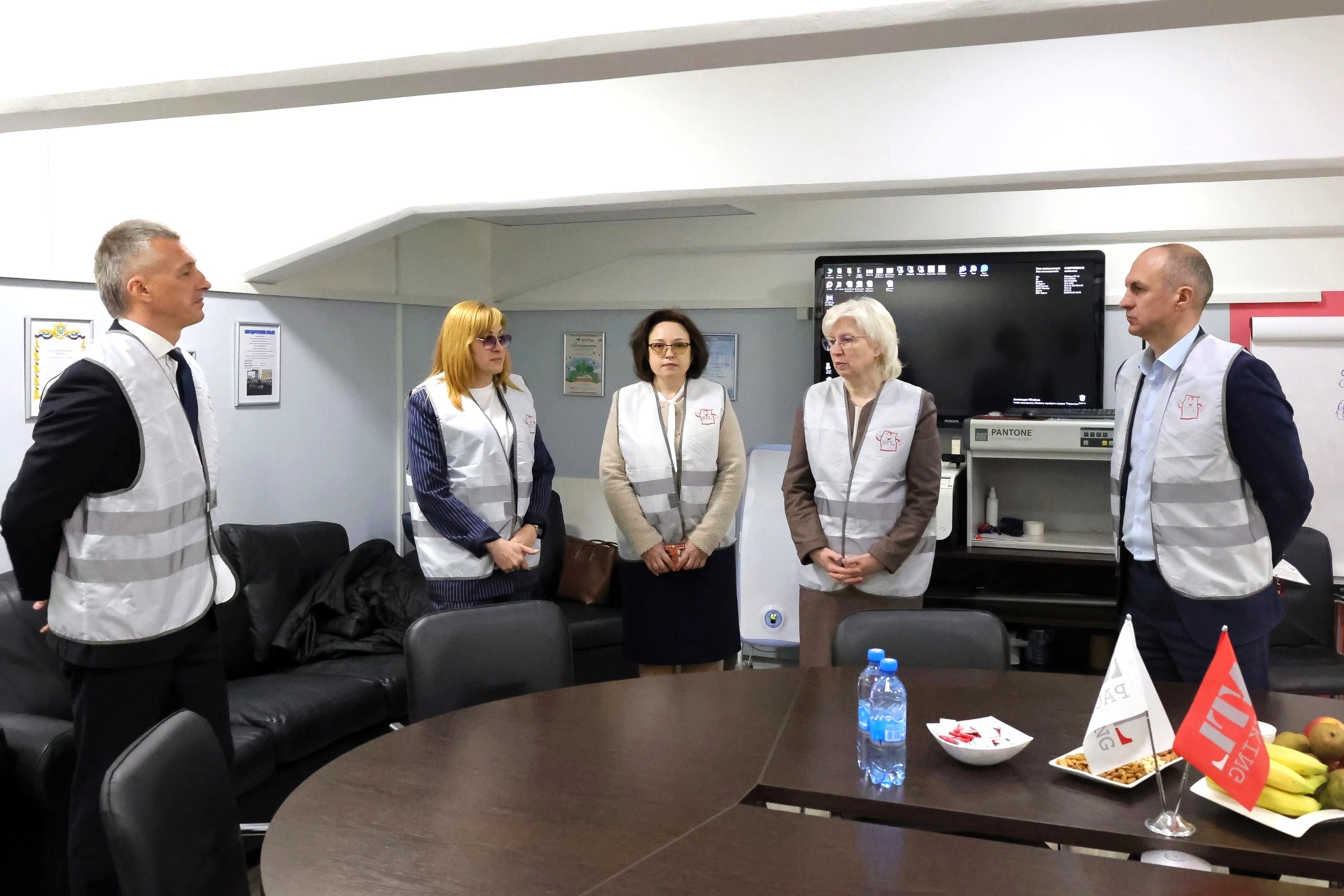Barrier packaging: types and new advances in food packaging applications

Food manufacturers are always interested in extending the shelf life of their products by minimizing interaction with environmental factors that cause deterioration and decomposition. Barrier packaging for food products prevents the penetration of gases, water vapor and foreign matter. For this, a special barrier layer is introduced into its composition.
The main advantages of barrier packaging over traditional types of packaging, for example, over glass, cardboard or cans, are:
- less preservatives in foods. Preservatives extend the life of a product by slowing down chemical reactions in the product. Barrier materials in packaging drastically reduce the need for preservatives, ideally reducing them to zero;
- the deterioration of the presentation and product is reduced if the conditions of transportation and storage are violated;
- the shelf life of products increases.
Varieties
Depending on the material used as a barrier layer in multilayer food packaging, the following can be distinguished:
- passive barriers. These are compounds that prevent oxygen from passing through the packaging from the environment. A prominent representative of such a compound is the high-barrier EVOH (ethylene-vinyl alcohol copolymer). Moisture affects its barrier properties, so packaging manufacturers are forced to place it between moisture-resistant layers;
- active. Represented by a class of substances that are oxygen scavengers; can be found in the production of PET containers.
The barrier layer can be present in different packaging. For example, they produce polymer multilayer plastic containers, bottles for storing ketchup, barrier jars and containers for preserves, baby food and other goods. Various combinations of polymers PP, PET, PA, PE, polyester and others can be used as materials for the layers, depending on the required properties of the packaging (distinguish between low, medium and high barrier materials).
Innovation in barrier packaging
There are several directions that determine the development of barrier polymer packaging:
- solution of environmental problems. In order to reduce the amount of waste, packaging manufacturers are trying to use polymer structures that are easier to recycle, trying to simplify multilayer structures by combining several layers into one monomaterial.
- increase in shelf life. An innovation developed by AIMPLAS allows natural preservatives to be added to the structure of polymers in multi-layer packaging, which increases the shelf life of the food without additives.
- creation of new materials. The pursuit of improved barrier properties and ease of recycling leads to the discovery of new structures of high-barrier films.



